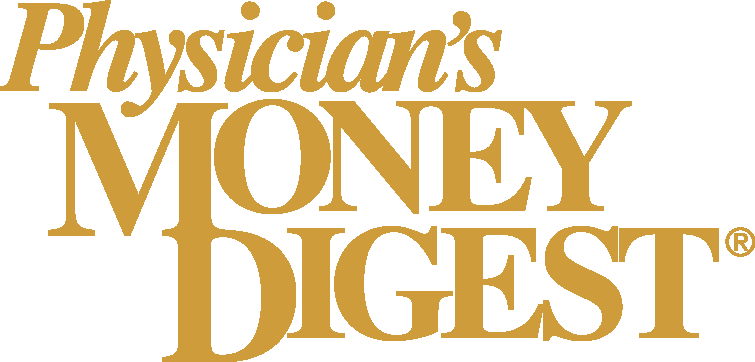Video
Screening for Cardiovascular Disease
Author(s):
Criteria and types of health care professionals who may screen patients at high risk for cardiovascular disease.
Robert Busch, MD: I’d be interested in what Dr Bhatt says his screening would be in the patient who hasn’t had an event before, who has all their factors controlled, their diabetes, their blood pressure and lipids are controlled by the referring doctor. Some of our doctors do cardiac calcification scores, scares the patient, but they’re already on a statin and their LDL [low-density lipoprotein] is below 70 mg/dL, and I have them on the works of heart-smart drugs and all that. Some of them do stress tests, so I’d be interested in what screening is done. The cardiologists tend to do different things, so I’d be interested in what the guru does.
Dhiren Patel, PharmD, CDCES, BC-ADM, BCACP: Which makes sense.
Deepak L. Bhatt, MD, MPH, FACC, FAHA, FSCAI, FESC: I think if it’s a tough situation, I just send them to an endocrinologist. That’s what I do. But assuming it’s not too challenging, generally speaking, the guidelines are pretty firm about what things to test for. It’s usually the simple stuff: LDL, cholesterol, blood pressure, glucose, weight. I actually prefer waist circumference, but I think weight or BMI [body mass index] are the more standard ones. Screen for smoking. Beyond that, everything else really is supposed to be symptom-driven. These days, the annual stress test per the guidelines is out, even though that remains a common practice. Any sort of imaging testing or invasive testing, in general, is meant to be driven by the presence of symptoms, such as suspected angina. Though coronary calcium you mentioned; there, that has been promoted in recent years as a way, if there’s really a question to be answered in terms of figuring out if a patient is at high risk. For example, a patient where maybe you think they need to be on a statin but there’s statin hesitancy. There perhaps getting coronary calcium can help tip things over where the patient says, “Oh yeah, I do have plaque in the coronaries. Maybe it’s time to go and start that statin.” I think there’s a role, but I suspect in years to come, there’s going to be a much more prominent role played by imaging tests, even in people who are asymptomatic. But at least per the guidelines, we’re not quite there yet.
Dhiren Patel, PharmD, CDCES, BC-ADM, BCACP: Thank you. Jen, how are you guys classifying this risk and screening?
Jennifer Goldman, RPh, PharmD, CDCES, BC-ADM, FCCP: Community pharmacists are highly accessible, and almost every human being goes into a pharmacy at some point. I think that they also get to know their patients, just like in primary care, so they’re in a unique position to be able to say, “Hey, have you seen the doctor? Hey, have you been screened for this? Have you considered this? Have you talked about this?” I think that pharmacists in the community can help answer those questions or at least put it into patients’ minds that, “You need to go see your doctor. Have you had your blood pressure checked? Have you had your cholesterol checked? Have you considered these things?” Even to just make those suggestions, to make sure they’re seeing the appropriate providers. Then clearly the pharmacists who are within primary care or within cardiology and endocrinology are working with the team in terms of drug therapy management, but the community pharmacist is in that unique position.
Dhiren Patel, PharmD, CDCES, BC-ADM, BCACP: That makes sense. Thank you so much.
Transcript edited for clarity.












